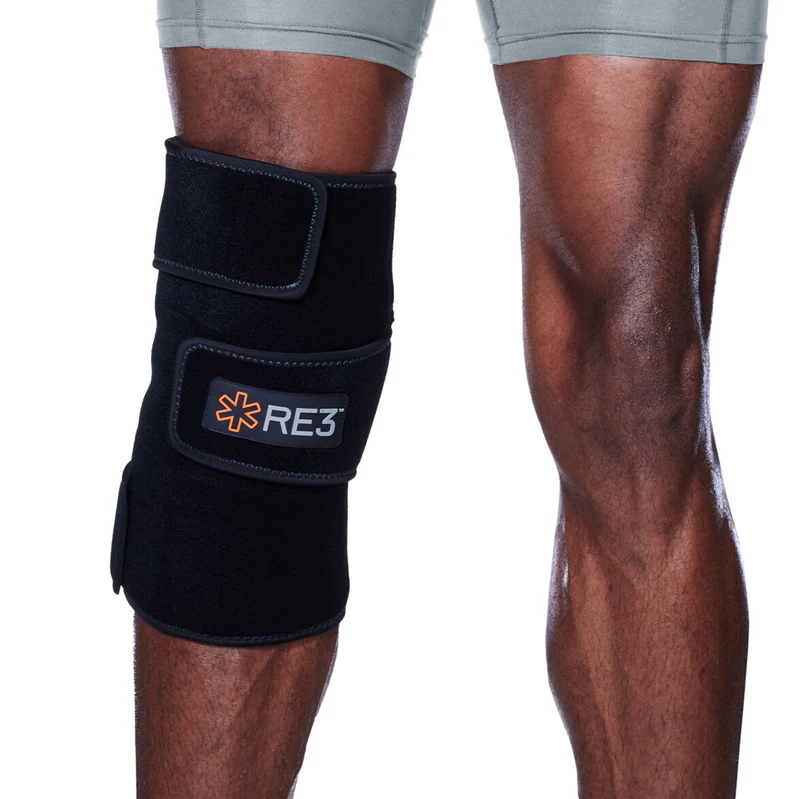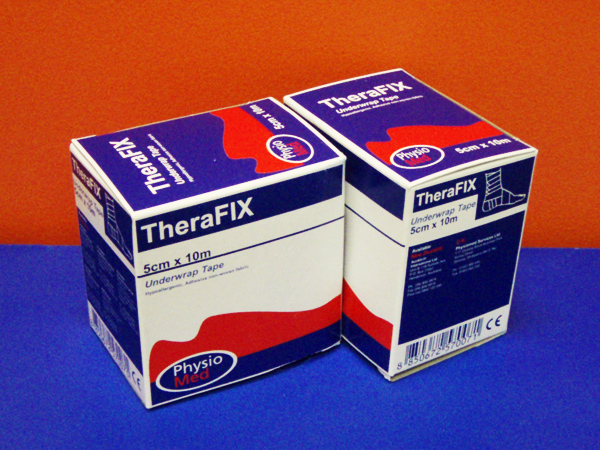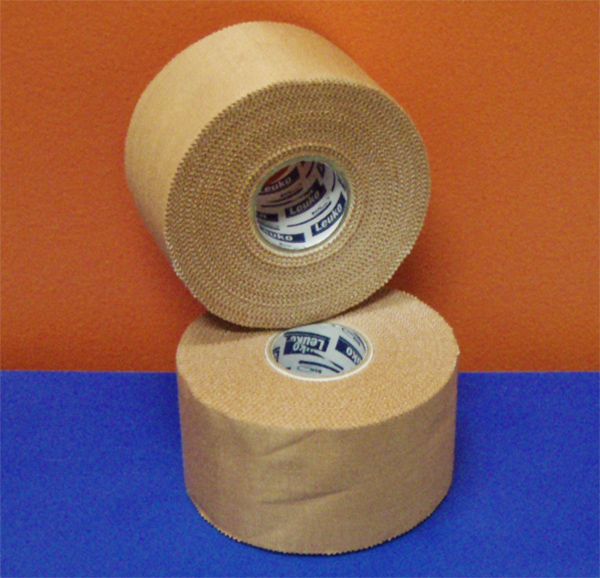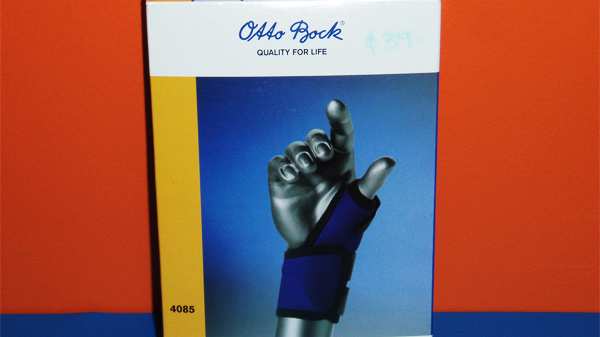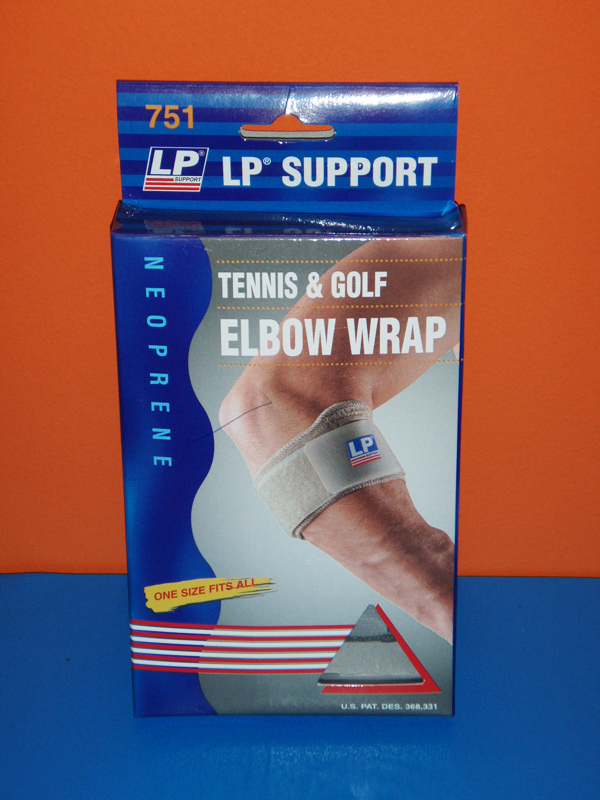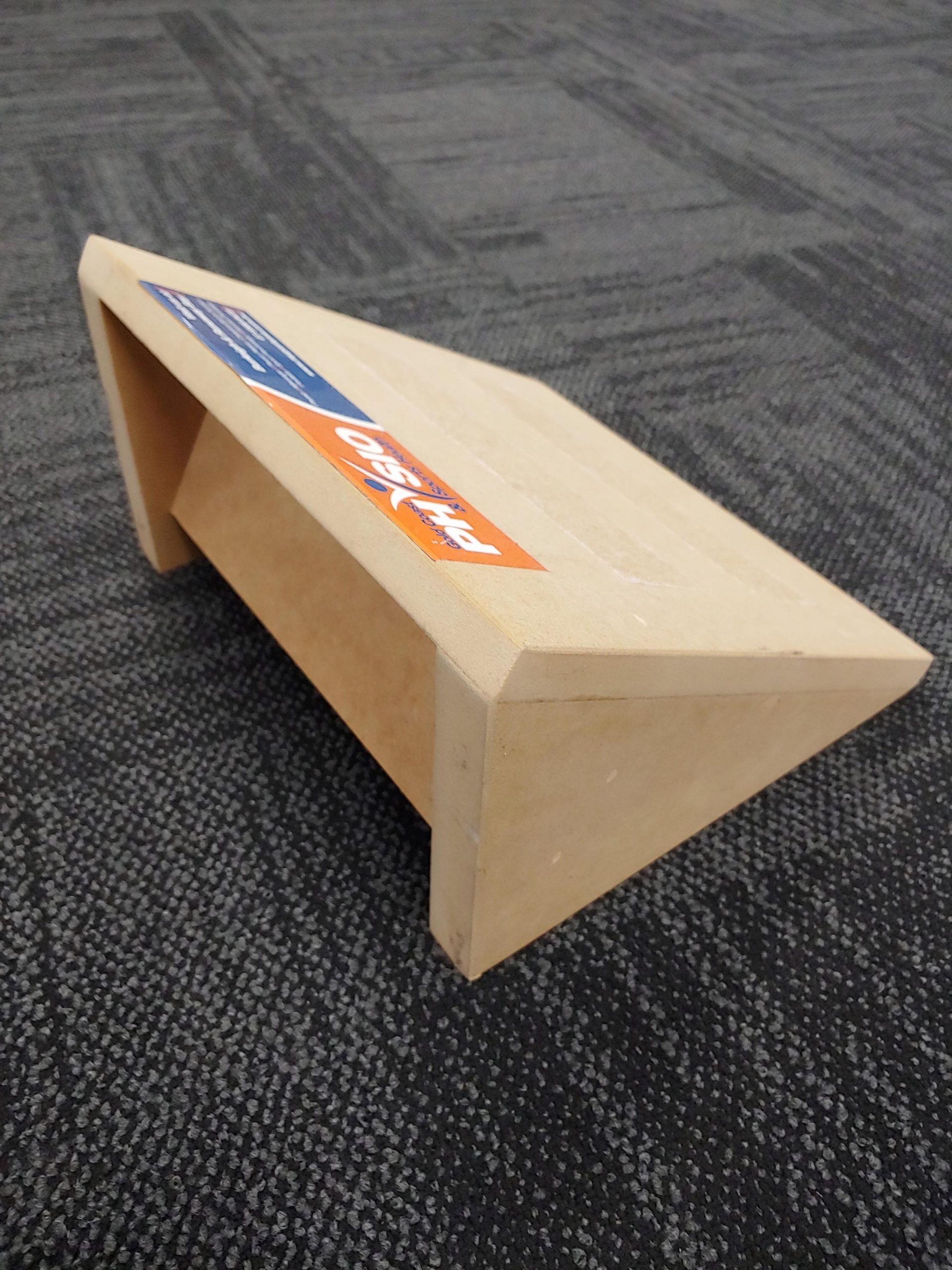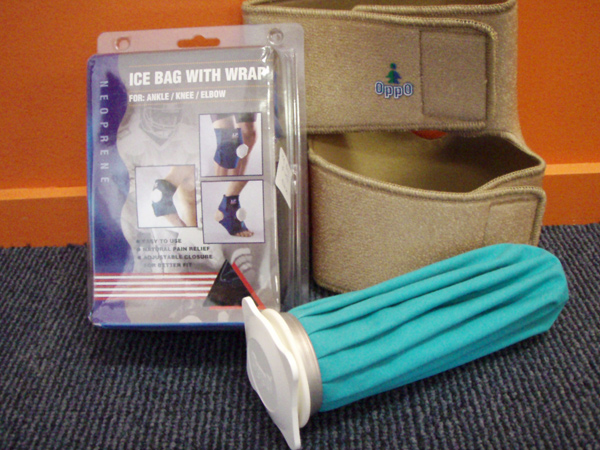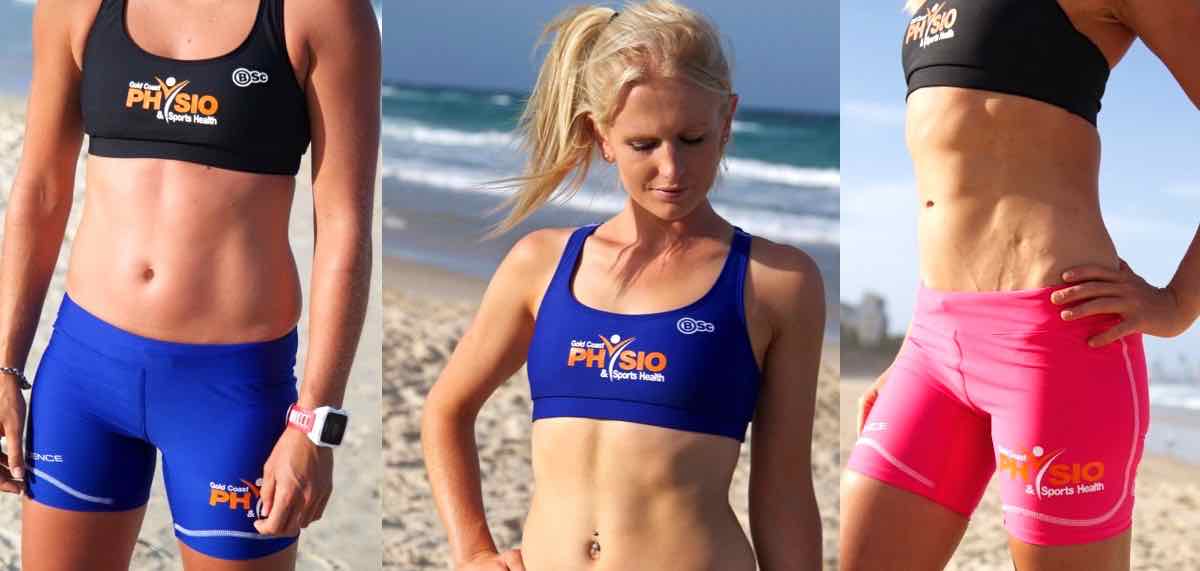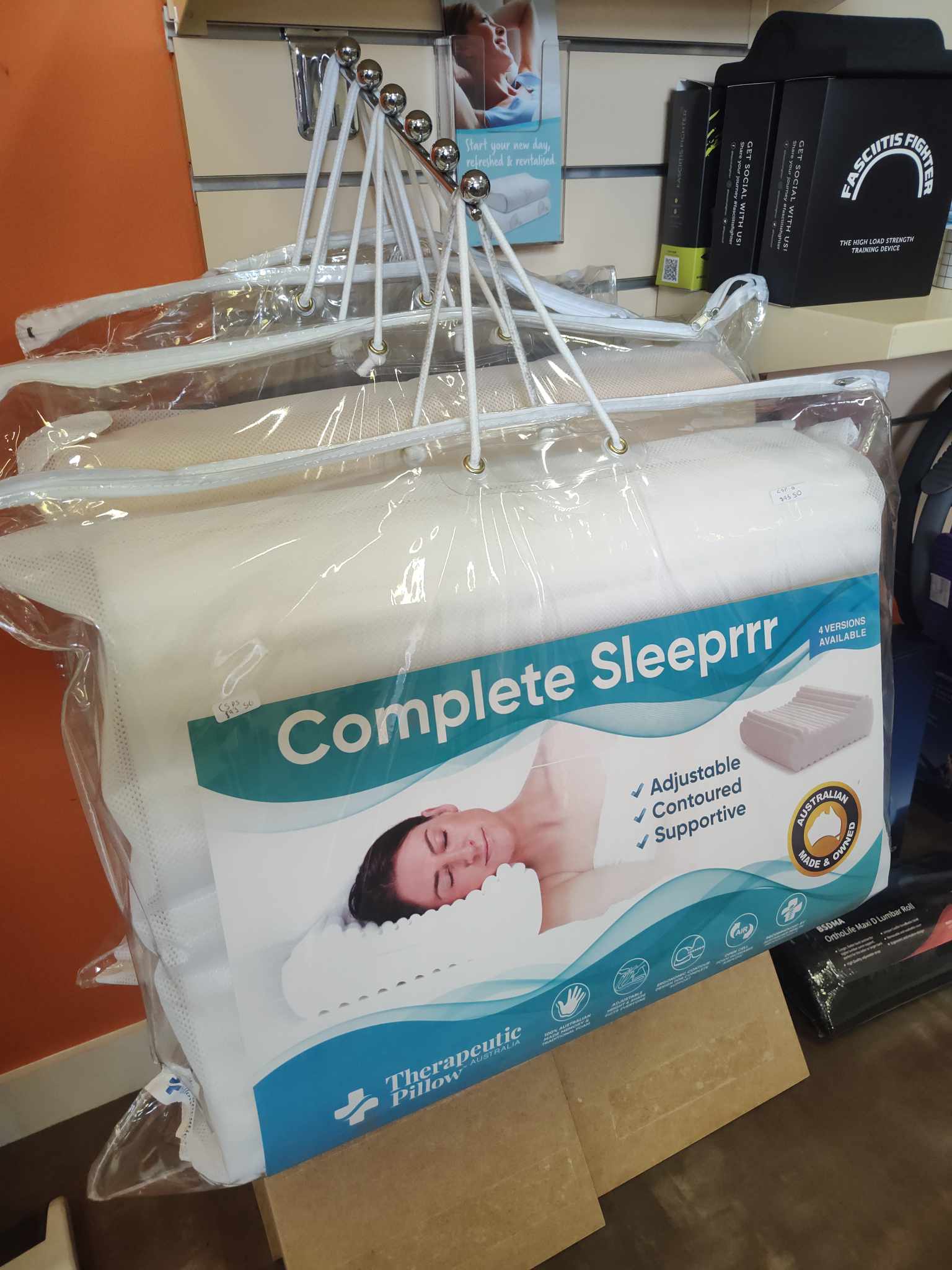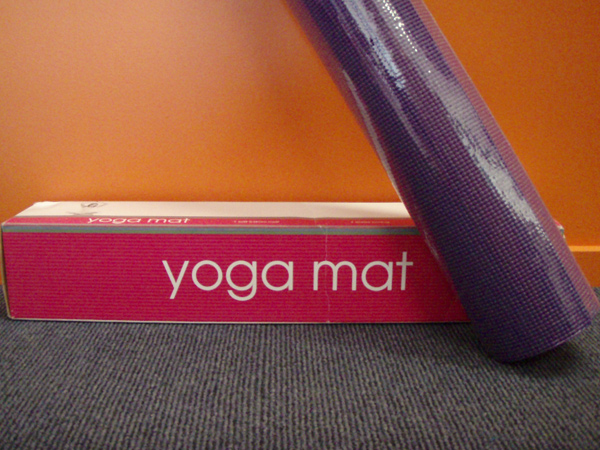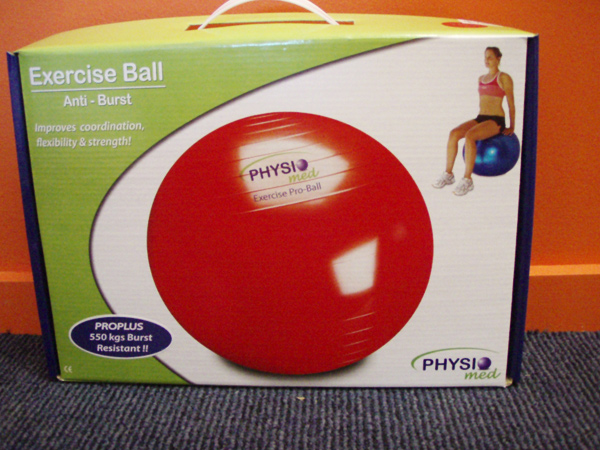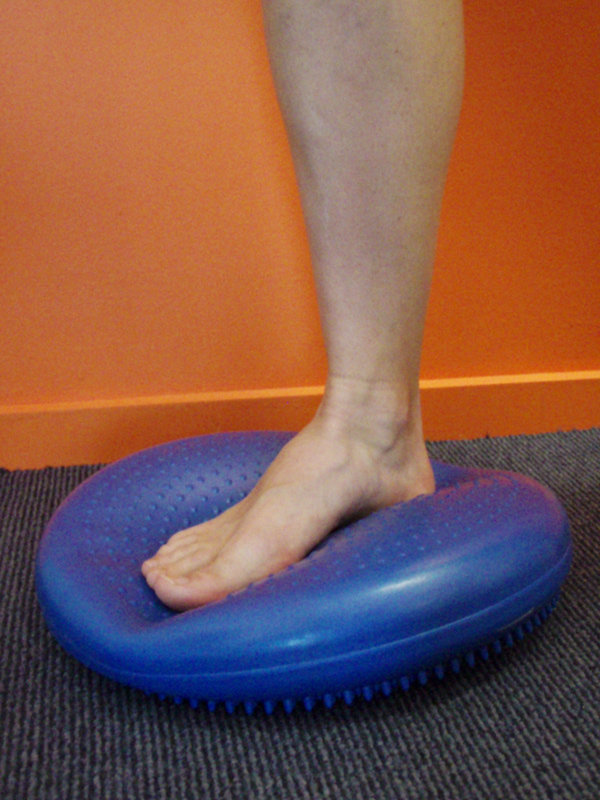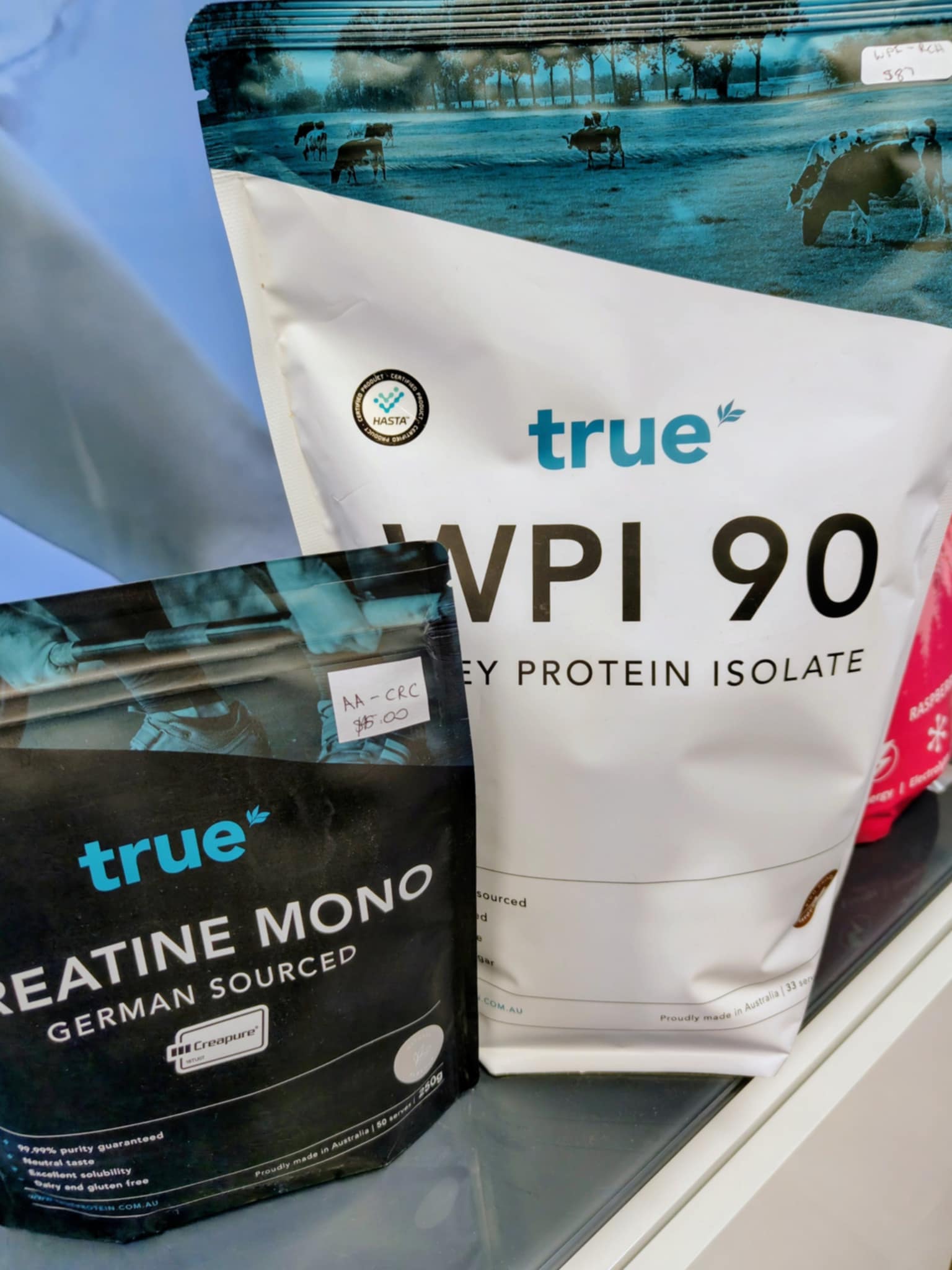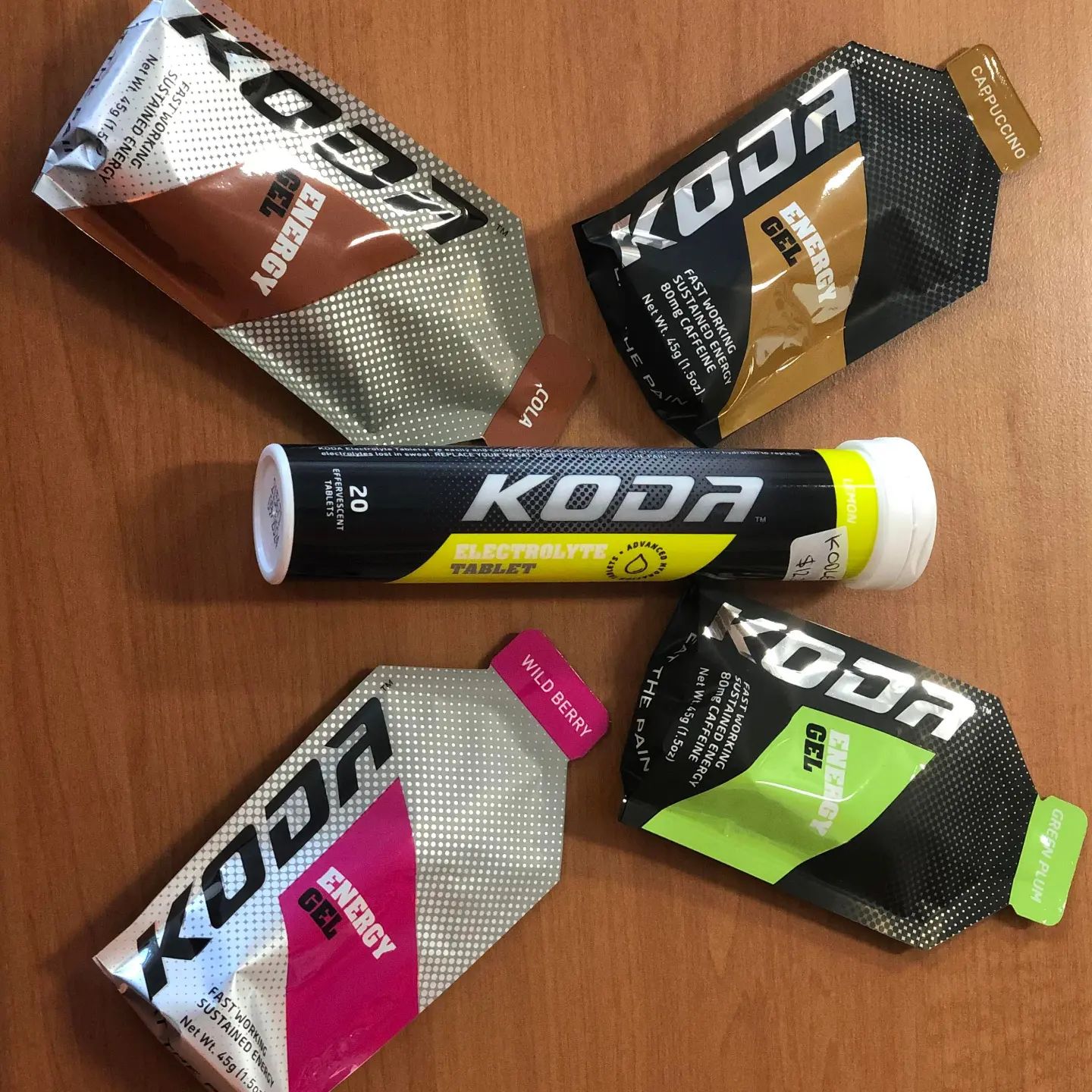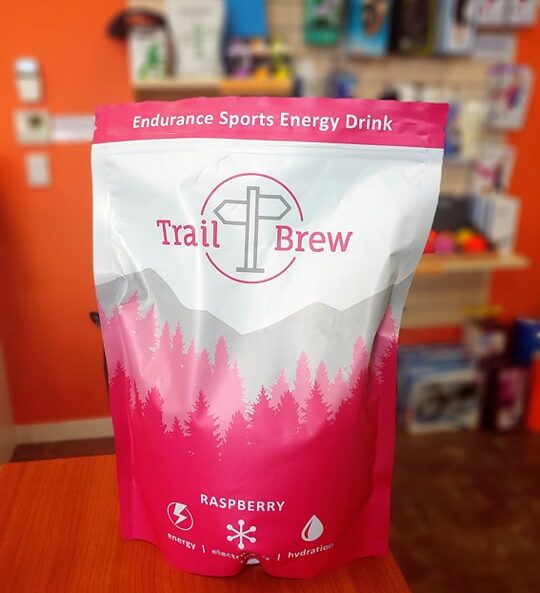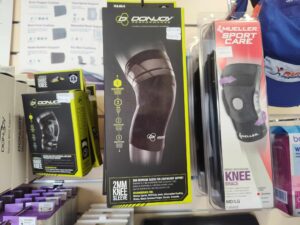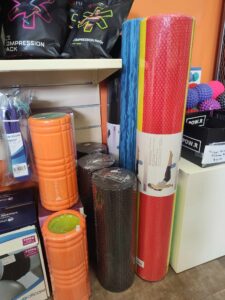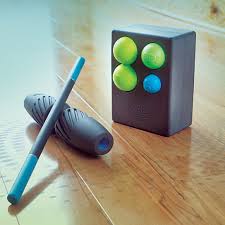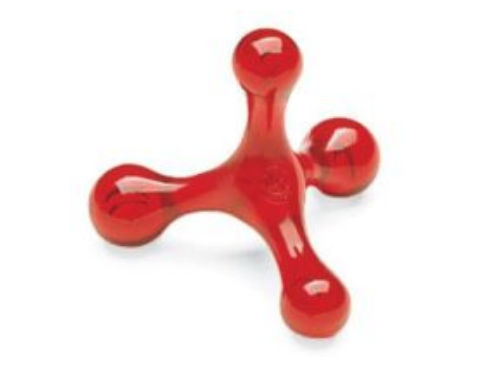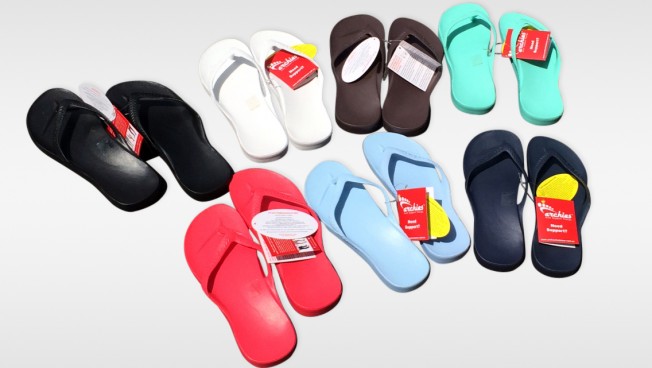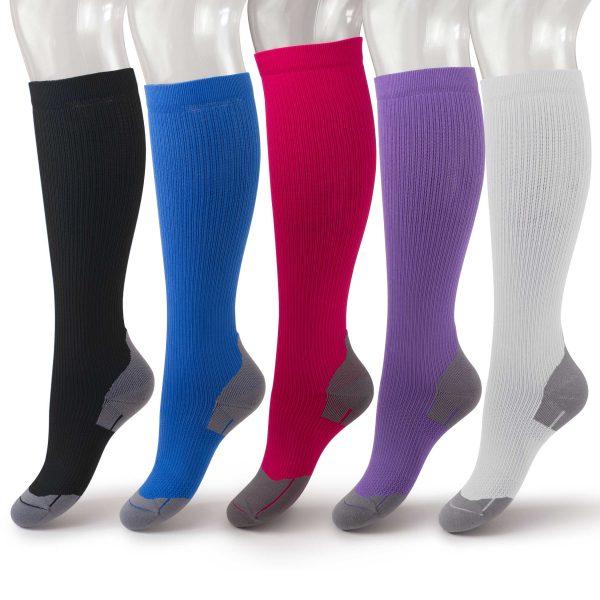By APA Sports & Exercise and Australian Olympic Team Physio, Britt Caling
 As a Sports & Exercise Physio who works with runners every day, I often get asked: “Should I be doing Pilates, or should I focus on strength and conditioning?”
As a Sports & Exercise Physio who works with runners every day, I often get asked: “Should I be doing Pilates, or should I focus on strength and conditioning?”
The answer is—it depends on what you’re trying to achieve. Both have fantastic benefits for runners, but they serve different purposes. Let’s break it down.
What is Pilates, anyway?
Pilates is really just a form of exercise used to help create movement and body awareness. It’s often performed using specialised equipment like reformer beds, trapeze tables, barrels and wunda chairs, which allow for a huge range of modified exercises.
For example: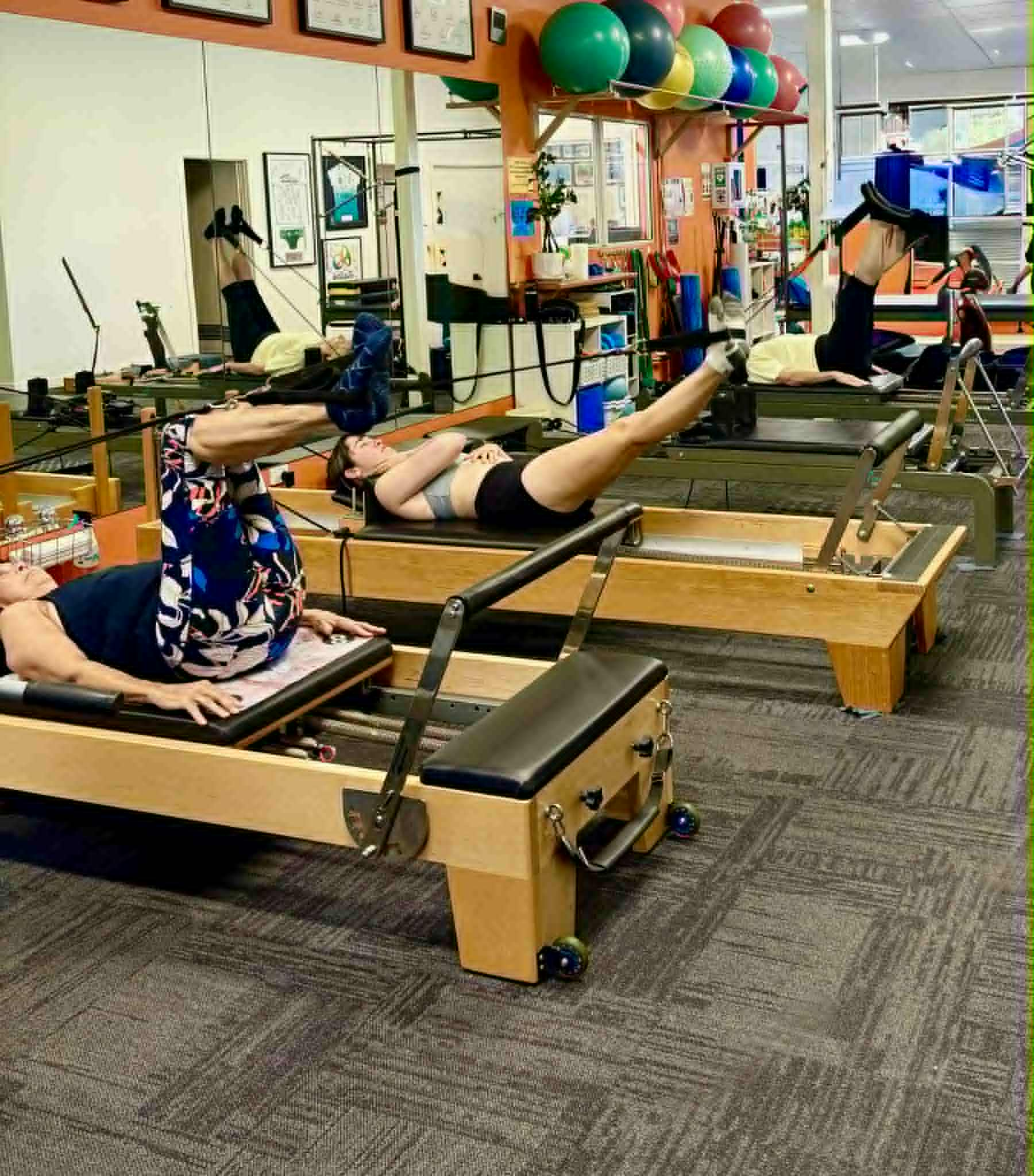
– You might perform an exercise lying down with your trunk supported if you have back pain or want to work in a different fashion against gravity.
– Springs and ropes can be attached to your arms or legs to provide unique resistance in different planes of movement.
– Movements can be loaded in ways and directions that aren’t always possible in standing positions.
Pilates is especially good at targeting your abdominal and trunk muscles. You’ll often repeat an exercise 20, 30, even 50 times. This builds endurance in muscles, particularly your core muscles—the ones that help hold your pelvis and trunk steady while you run.
And what’s one of the keys to successful running? Core stability and endurance. When your trunk and pelvis are stable, your hips and arms can generate movement efficiently, without wasting energy. That equates to better run performance in my books!
Strength & Conditioning for Runners
Strength & Conditioning (S&C), on the other hand, is about building the ability to generate and tolerate higher muscle, joint, and tendon forces and your capacity to get on and off the ground well. A systematic review showed that Running Economy (efficiency) can improve by 2-8% in runners who strength train at least twice per week.
Why you need to be strong as a Distance Runner? Tissue strength + sound technique = efficiency. An efficient runner uses less muscle contractions overall & therefore less oxygen, making running ‘easier’ (or making you faster for the same amount of oxygen use)
Plus a note for Trail Runners – there are always hills which require more strength to push up!
The systematic review also showed that heavy weights with low reps was more effective than lighter weights with higher reps.
Plyometrics are also needed to improve your tendon ability to be stiff and rebound like a spring
Some key benefits of specific strength & conditioning include:
– Force production & plyometrics: Stronger runners tend to have better “plyometric capacity”—the ability to get on and off the ground quickly and efficiently. Usually this involves jumping and landing exercises in your session.
– Injury resilience: Training with heavier loads helps muscles, tendons, and joints tolerate the higher forces of running, reducing the risk of breaking down.
– Bone health: Lifting heavier weights “bends” your bones just enough to stimulate them to grow stronger. This is particularly important for peri- and menopausal women and mid-life men, where strength training supports bone density, hormone regulation, and metabolism.
Pilates doesn’t usually provide the heavier resistance needed to build this kind of strength and power. That’s where S&C shines.
So, when should runners do Pilates vs S&C?
Think of Pilates as your foundation work:
– Great for core endurance and movement control.
– Helps you stay body-aware and efficient in your running technique.
– Keeps exercise fun and varied.
Strength & Conditioning is your performance and protection work:
– Builds the capacity to handle higher forces with less injury risk.
– Improves running economy by training explosive strength and plyometric ability.
– Essential for long-term bone and muscle health.
The Bottom Line
You don’t have to choose one or the other—Pilates and Strength & Conditioning complement each other beautifully. Pilates gives you awareness, endurance, and control. Strength & Conditioning gives you resilience, power, and longevity.
For most runners, a blend of both is the sweet spot: Pilates to stabilise, S&C to strengthen. That way, you’ll run more efficiently, stay injury-free, and enjoy your running for years to come.


